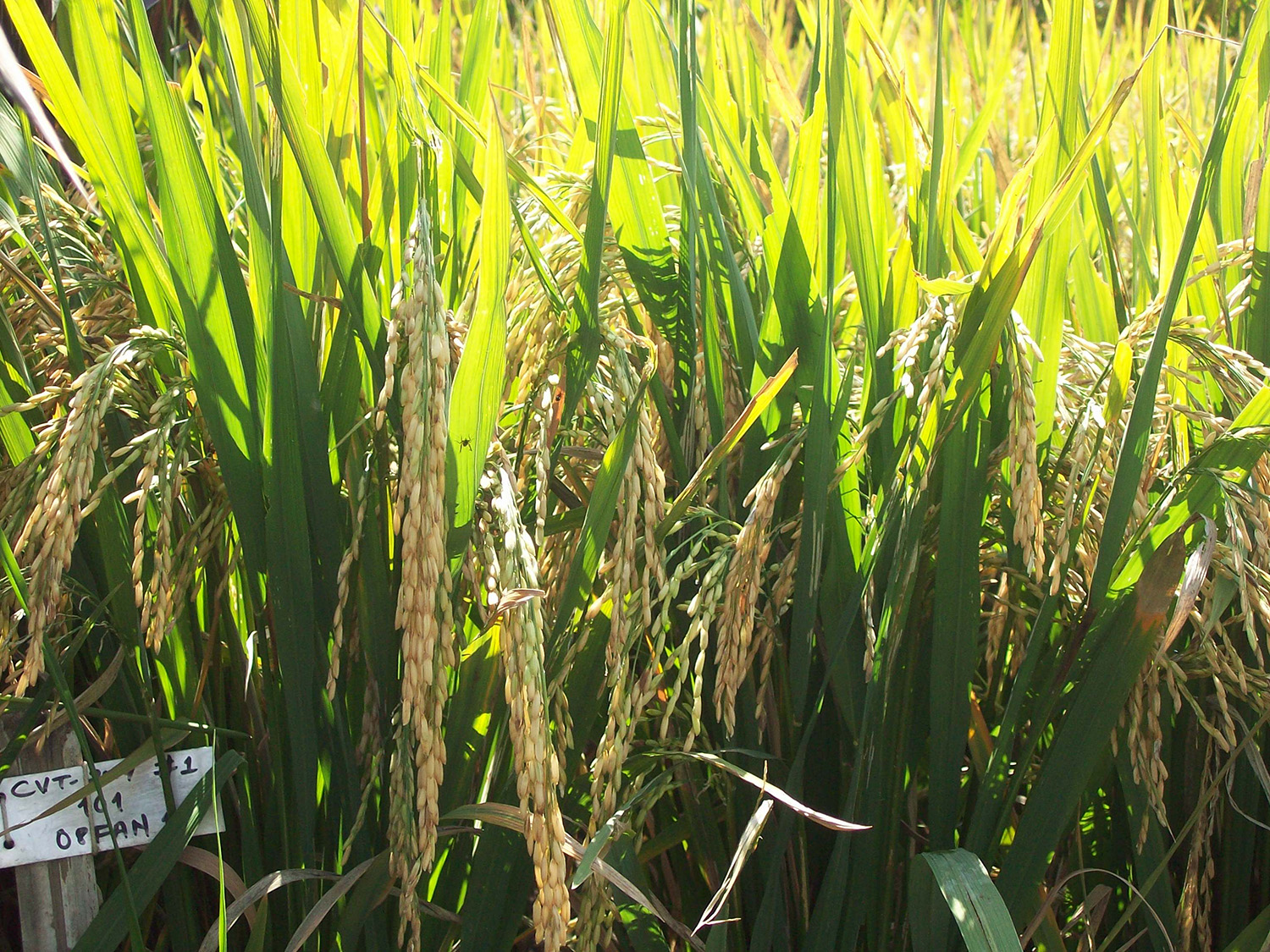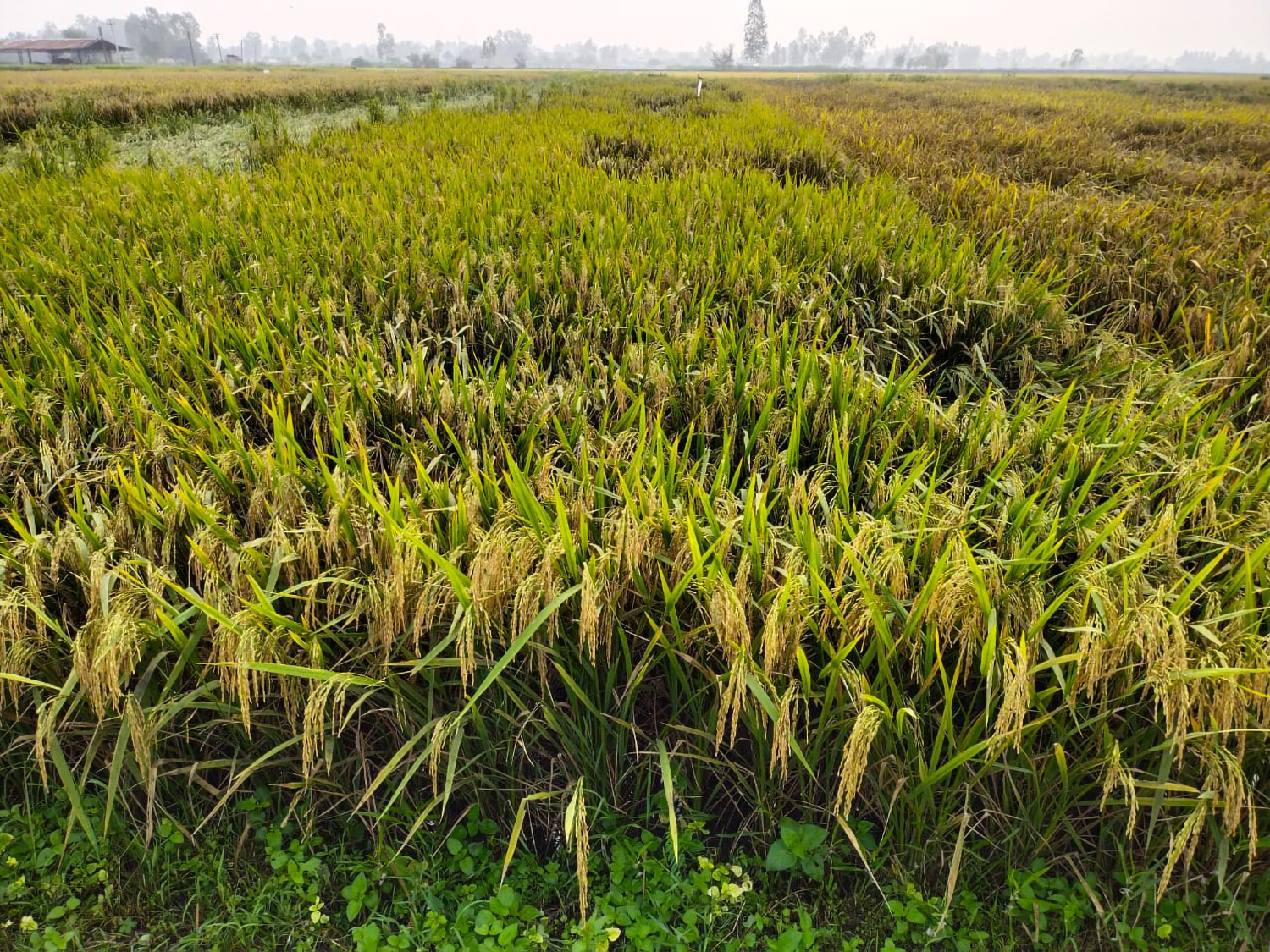Nepal releases seven new and improved rice varieties to increase domestic rice production

The National Seed Board of Nepal has approved the release of seven new rice varieties for cultivation in 2022 namely Ghaiya-3, Hardinath-4, Hardinath-5, Hardinath-6, Khumal Basmati-16, Ganga Sagar-1, and Ganga Sagar-3. The newly released cultivars have multiple traits, including high-grain production, good grain quality, and resistance to pests and diseases. Some are also flood- and drought-tolerant and have 20% higher nitrogen-use efficiency.
The diversified rice production system in Nepal is expected to greatly benefit from the new varieties, which could help increase domestic rice production and lower the nation's steadily rising rice imports. This will not only increase the varietal choice for the farmers but also offer new business opportunities for rice-based industries and wider choices for consumers. These varieties would also be vital resources for improving the livelihood of smallholder and vulnerable farming families because they can produce significantly higher yields under unfavorable climatic conditions.
They also have high nutrient-use efficiency compared to other improved varieties which can reduce the greenhouse gas emission and pollution from rice production and improve its environmental footprint. Moreover, all of these are inbred rice varieties. Farmers can produce and use their own seeds for up to three years as long as their genetic purity and germination percentages can be maintained at the highest level.

Khumal Basmati-16 (08 FAN10) crop

Hardinath-5 (PR-126)
Two of the seven released rice varieties, Khumal Basmati-16 and Hardinath-5, are Green Super Rice. Khumal Basmati-16 is recommended for hilly agroecology covering 700-1600 meters (m) whereas Hardinath-5 is recommended for Terai, Inner Terai, and river basins up to 700 m.

Hardinath-4 (IR86515-19-1-2-1-1-1-1)

Ghaiya-3 (IR103575-76-1-1-B)
Hardinath-4 and Ghaiya-3 are recommended for rainfed, shallow wetland, and upland areas of the Terai, Inner Terai, and river basins up to 1000 m. Ghaiya-3 is suitable for upland cultivation and can be sown as dry direct-seeded rice.

Ganga sagar-1(IR 12F 578)

Ganga sagar-2 (IR 13F 115)
Ganga Sagar-1 and Ganga Sagar-2 were released for flood-prone and submerged conditions in Terai, Inner Terai, and foothills up to 700 m. Hardinath-6 is recommended for fully and partially irrigated conditions of Terai, Inner Terai, and foothills up to 700 m.

Hardinath-6 (IR 15 L 1008)
Khumal Basmat-16 matures in 135 days and has fine grain with pleasant aroma. Hardinath-6 and Ganga Sagar-1 are comparable, having fine grains and mature in 135 and 145 days, respectively. Ghaiya-3 and Hardinath-4 have medium-fine grain and a 115-day maturity. Ganga Sagar-2 matures in 135 days and possesses medium-fine grain. Likewise, Hardinath-5 matures in 125 days and has fine grain.
The National Rice Research Program (NRRP), under Nepal Agricultural Research Council (NARC), conducted breeding and varietal testing across the nation using germplasm developed by Stress Tolerant Rice for Africa and South Asia and other projects led by the International Rice Research Institute.
Breeder seeds of all the released rice varieties will be produced by the NRRP and other NARC stations and provided to stakeholders along the rice seed value chain to produce foundation and commercial seed. Commercial seeds will be multiplied by seed companies, community-based seed producers, and cooperatives to make them accessible to farmers and help strengthen the formal and farmers’ seed systems in Nepal.